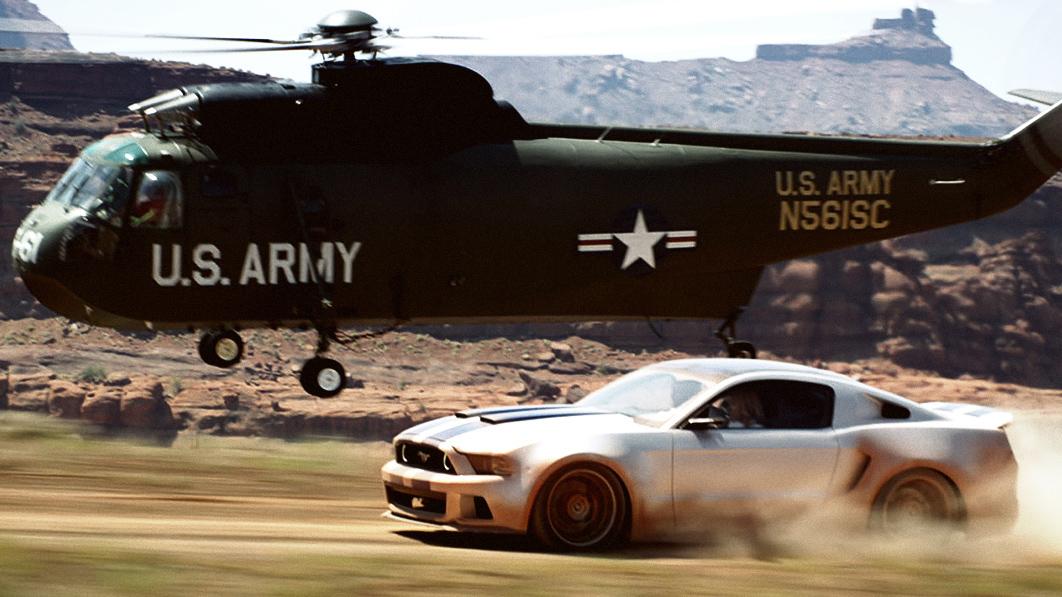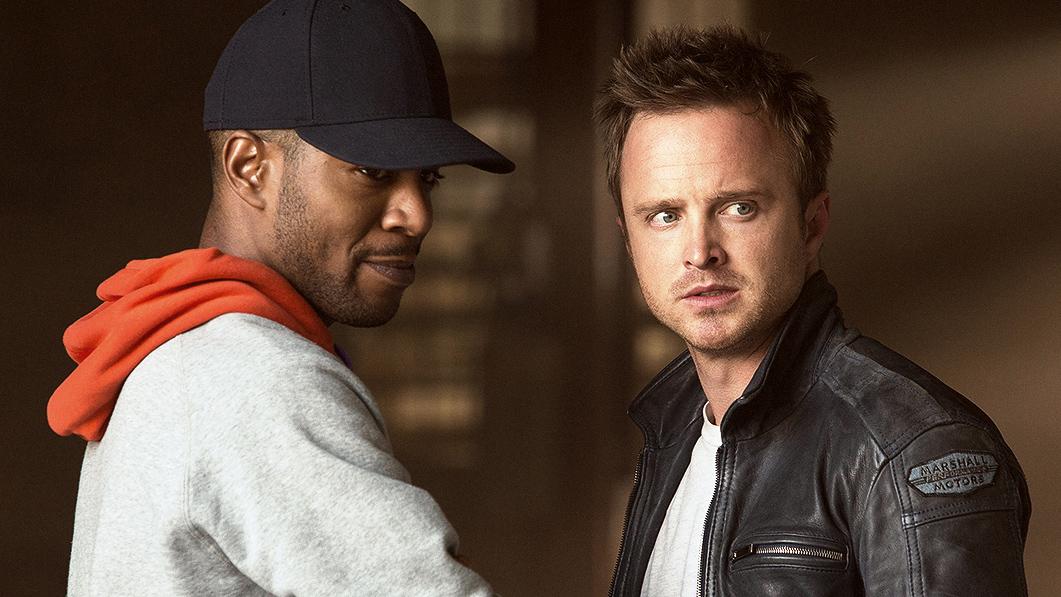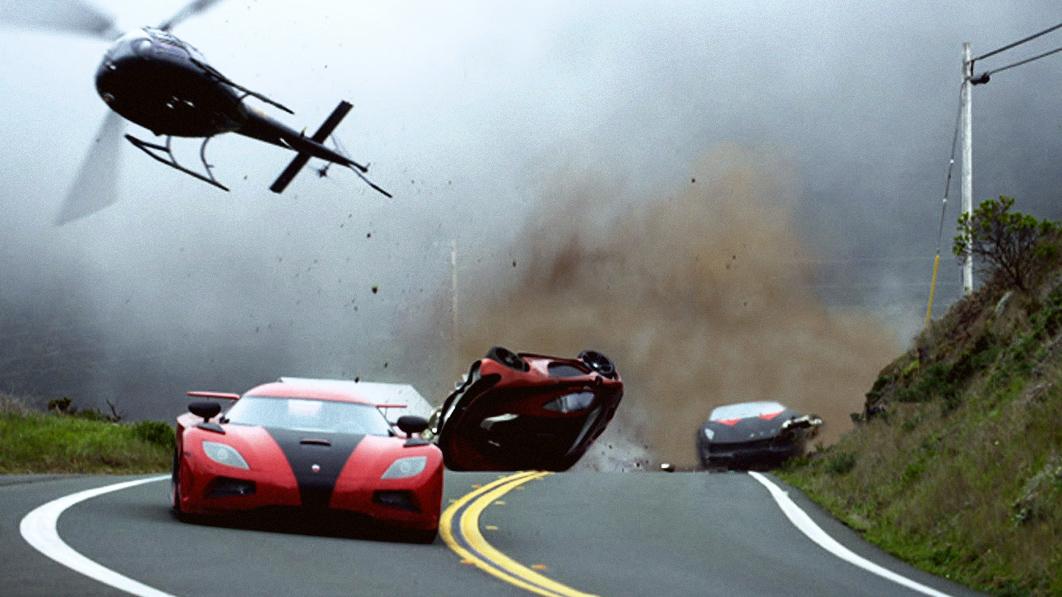You can tell how well an audience receives a racing movie by how safe the parking lot is after the movie lets out.
If people politely pull out into traffic, the film failed. If the odd Toyota Camry and Ford Focus gun their engines and peel out as they jostle for the exit, the film succeeded. Need for Speed will likely lead to the latter, so beware the de facto race track that may pop up after a screening.
A good race movie taps into the almost primal love people have for speed, and by extension cars. It makes us want to race, even when common sense screams we shouldn’t. A good race movie puts us behind the wheel, and that’s exactly what Director Scott Waugh’s (Acts of Valor) Need for Speed does.
If you can’t guess where this is going, you must be new to movies.
Not surprisingly – there are no surprises in Need for Speed – the rivalry eventually reignites and plays out in a race that ends in tragedy, which Tobey is unfairly blamed for. After a few years in jail, Tobey gets out just in time to borrow an amazing car in order to gain entry into an invitation-only race, featuring some of the best racers in the world driving some of the best cars in the world. It also happens to be the best way for Tobey to defeat Dino and prove his innocence (yes these things are tied together, no it doesn’t make much sense).
Tobey’s amazing car also comes with a chaperone in the form of beautiful and quirky Julia Maddon (Imogen Poots). If you can’t guess where this is going, you must be new to movies. The duo set off across the country at speed, racing against the clock while dodging cops and goons trying to stop Tobey from getting into the main race.

Need for Speed requires a certain amount of moral ambiguity to enjoy. In that sense, it’s very much like the video game. When you are being chased by cops in a game, you don’t think about the sheriff’s digital wife and kids waiting at home when you smash him into a guard rail, and the movie doesn’t either. The various racers in this movie – especially Tobey – are cataclysmic when they are being chased. Cops essentially become the bad guys because they inconvenience the hero, and stopping to think about it realistically leads you to the conclusion that Tobey is a sociopath.
If you can overlook that fact and just enjoy the action though – as the film expects you will – the horrific becomes spectacular. Fiery crashes are visual feasts, and civilian wrecks are narrow escapes. It really is just a matter of perspective.
When cars flip over or wreck, the camera is right there with them.
His love interest Julia is the stereotypical “perfect girl” – smart, attractive, and willing to support the hero in his quest for justice. Poots does fine in such a predictable role, but she’s hemmed in by the script.
Tobey’s team draws from the same scrapyard of movie conventions: There is the “genius mechanic guy,” the “stalwart guy,” and … Kid Cudi. They, like Poots, add color to the film, and also help explain away things like how you escape cops (answer: a friend in a plane), how you refuel without losing time (answer: two friends in a truck that fill you up on the move), and add some comic relief.
None of it is particularly believable or deep, but it really doesn’t matter. Sure, a car jumping 20 feet at high speed would probably disintegrate on landing (or at least crack both axles), but it looks good on film. And that’s what Need for Speed gets right.
Tobey and Julia’s cross-country dash to make the final race consumes nearly half the film, and gives it a sense of momentum – everything is always moving. Most of the time this is conveyed in a traditional sense, with a chase camera or a camera inside the car to capture dialogue and reactions. When the film stomps down on the gas even harder, some clever camera angles inside the car or on the hood ratchet the speed to breakneck, but without coming across as gimmicky. When cars flip over or wreck, the camera is right there with them, spinning along with the out-of-control wreck. It’s the closest thing most of us will get to going 200 mph.
Conclusion
Need for Speed may not erase the well-deserved stigma against video-game movies, but it’s a small step in the right direction. It’s the type of film critics typically hate for its unoriginality, and audiences love for its unapologetic action. This is escapist fantasy and spectacle filmmaking, with a heavy emphasis on style over substance. But when it looks this good, you won’t miss it.
(Images and video © Dreamworks Pictures)





